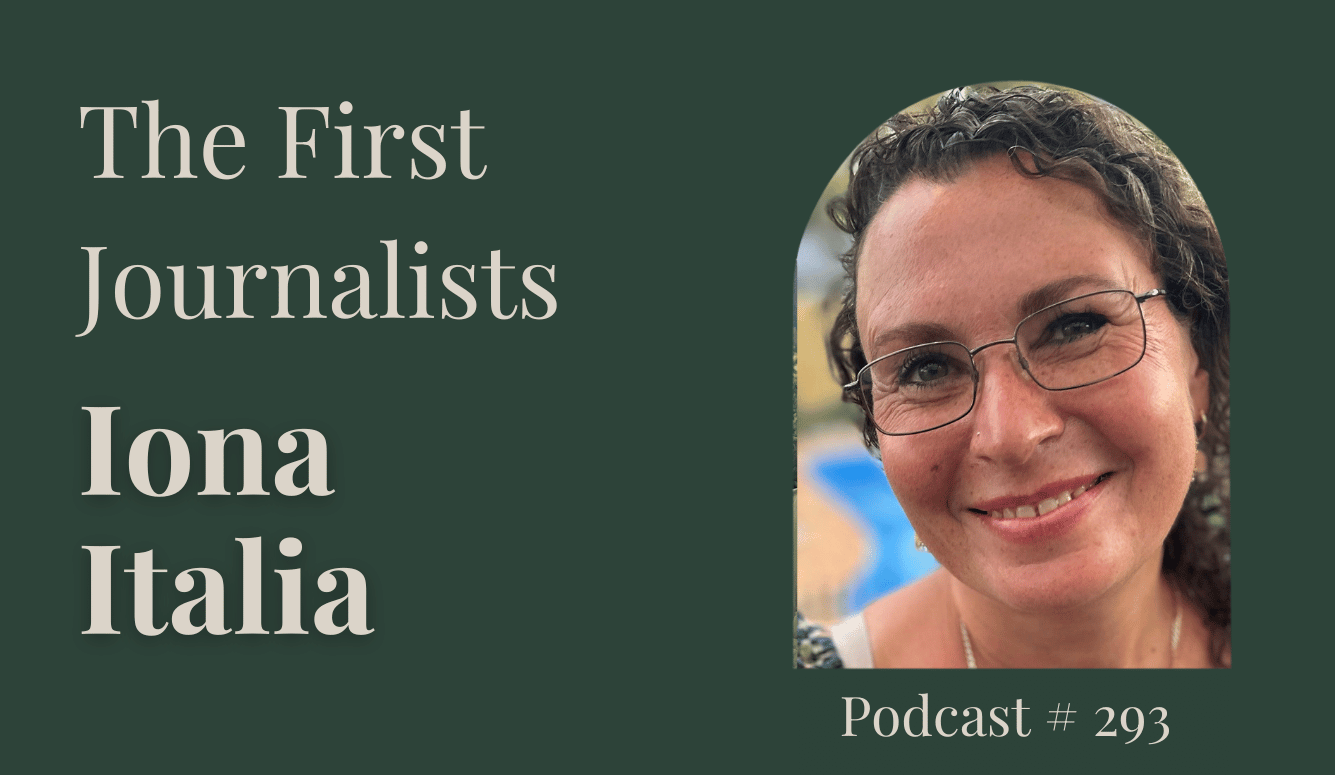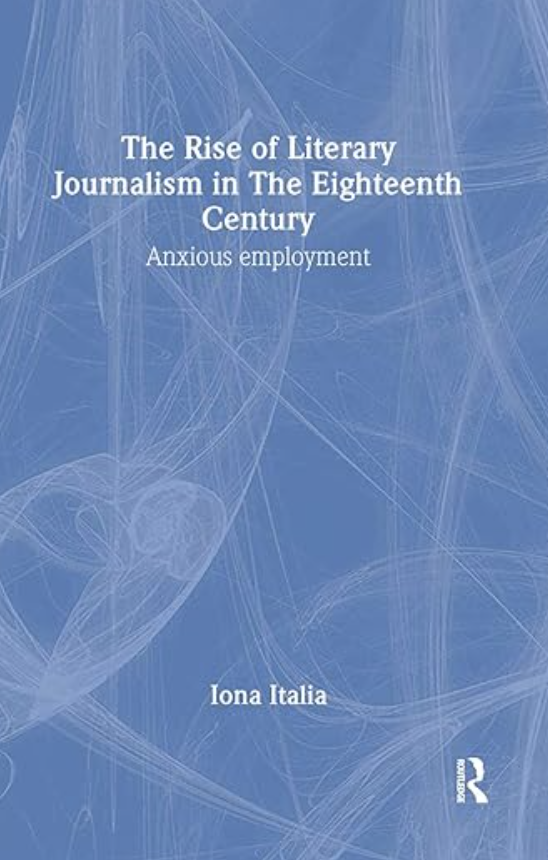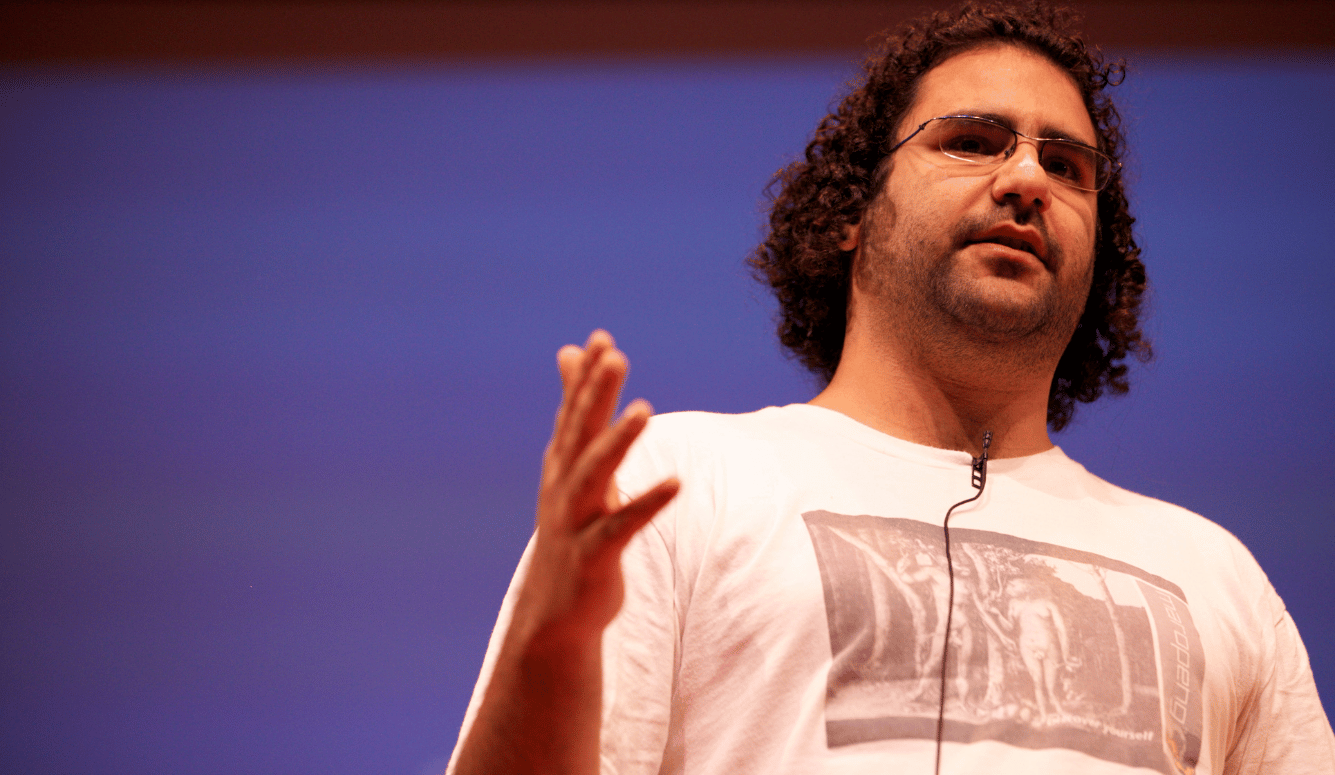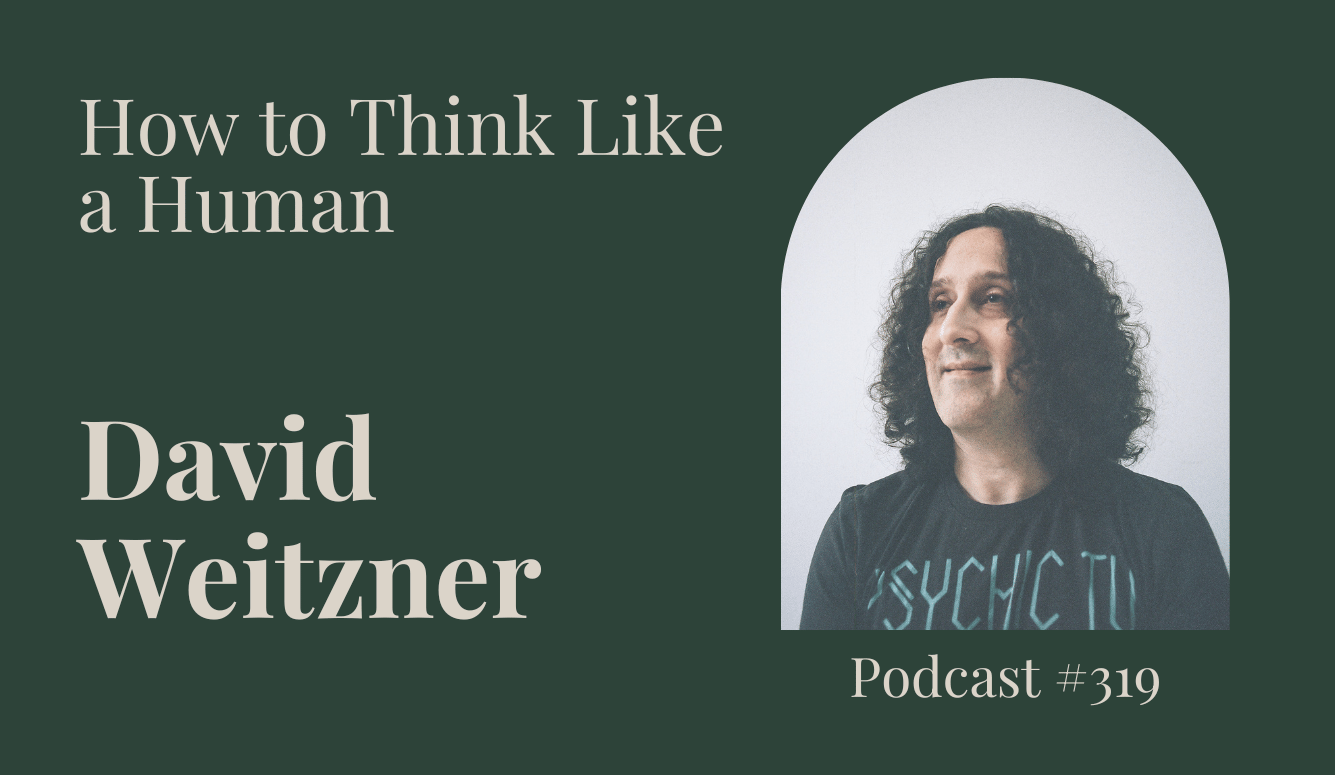Podcast
Podcast #293: The First Journalists
The philosopher Stephen Harrop interviews Quillette’s Managing Editor Iona Italia about her book Anxious Employment on the journalism of Enlightenment London.

Introduction: I’m your host this week, Iona Italia. This episode of the podcast will be slightly different from usual. The philosopher Stephen Harrop, who teaches at Kings College, London, will be interviewing me about my book The Rise of Literary Journalism in the Eighteenth Century: Anxious Employment, published by Routledge University Press in 2005. We’ll be discussing the legal, technological and political circumstances that led to the establishment of the first periodical publications, in London at the end of the seventeenth century as well as the kinds of personae journalists chose for themselves, the development of the first magazines and how all this relates to beliefs about class, sex, the public sphere and social unity. The Enlightenment is a fascinating period in British history and in the history of ideas more generally and some of the period’s funniest and most moving pieces of writing were published in the journals of the time. Stephen brings his own knowledge of the philosophy of the period to bear with some very astute questions. It’s an honour to share the fruits of my research with you. I hope you enjoy my conversation with Stephen Harrop.

Stephen Harrop: I guess we should probably do some level-setting about what brought you to writing this book, how this emerged out of your academic background, and just what the circumstances surrounding, what brought you to pitch this to Routledge and write the book and so forth. If you could just talk a little bit about that.
Iona Italia: Yes. I did my PhD on 18th-century women journalists. When I was thinking of a topic, actually, I wanted to write about women writers. I knew that I wanted to write something about the Enlightenment period, and that I was interested in women’s contribution to literature during that period. I was thinking about women poets or women novelists or women dramatists, but there were so many of them, particularly poets and novelists, and I wasn’t as interested in theatre. And then suddenly I discovered the Female Tatler actually first, and I thought, “I wonder whether anybody’s written about women journalists.” And then I discovered that there are basically five or six periodicals, basically five periodicals that we know to have been written by or edited by women. And there are a couple of others which might have been edited by women or which have been ascribed to women. And I thought that those six would be the perfect number of chapters for a PhD, with an introduction and conclusion. So I proposed that as my PhD and I wrote that as my PhD and it was called “Philosophers, Knights Errant, Coquettes and Old Maids.”
Then after I finished the PhD, I decided to expand it into a book and I expanded it by adding men who went with each of the women. So I added a periodical edited or authored by a man from the same period and in a similar genre and sometimes there’s actually dialogue between the two periodicals. I added, for each chapter on a woman writer, I added a chapter on a male writer and that’s what I pitched to Routledge.
SH: Beautiful. Did you find any… so did you pitch to Routledge at the beginning or did you try OUP, Oxford University Press, or any other major university publishing or did you go straight to Routledge?
II: It was under consideration by OUP and they didn’t take it and then I was pitching it to many presses and Routledge were the ones who took it. So that’s what happened.
SH: A tale which I’m sure will be familiar to any other academic listeners.
II: Yeah, yeah. It’s sad in a way—and this is what happens with a lot of academic publications—is that, although I tried to write in a lively style that was suitable to a general audience, because it was published by an academic press, they set it at an extremely high price, at a price that would deter any normal reader. It was sold to university libraries. So copyright libraries in the UK all got a copy and very few copies were sold independently of that.
And they didn’t even give it a proper cover. I had a cover designed for them, but they didn’t use it. There are so many fabulous illustrations of 18th-century periodicals, but they just put this blank cover on. And I wanted to call it Anxious Employment and they put that as a very small subtitle and gave it the dry title of The Rise of Literary Journalism in the Eighteenth Century.
SH: That’s an interesting reversal of the typical academic title, which is catchy phrase, colon, description of the book. It’s an interesting inversion.
II: Yeah.
SH: Why don’t we jump into the topic matter of the book? So, the book deals with 18th century periodicals. Would you go into some necessary detail about what a periodical of the period was, what prompted their rise, and what set them apart from learned journals—the Philosophical Transactions of the Royal Society was a big one. There was another one on the continent called Acta Eruditorum. Peer-reviewed academic journals were just getting started, right? They started in the mid to late 17th century and they were really getting started in the 18th. If you could just talk about what makes the periodical a distinctive genre of writing at the time.
II: I’m going to go back a little bit, before the first periodicals as I define them. I define a periodical as being a regular unbound publication. Often in this period, they were just a single sheet of paper, a very large octavo sheet of paper folded into quarters and stitched in the margin a few times. They were unbound flimsy papers that came out on a regular basis, either daily or weekly or twice weekly or monthly. Later some of them came out annually as well. But those are a little bit different from the kind of periodicals I’m dealing with. And what happened was, in 1662, the Licensing Act in London governed the conditions under which you could publish something. At that time, all publications had to be read by the censors and approved by the censors before they could be published. So there was pre-publication censorship of everything.
And there were also only a limited number of presses. Oxford and Cambridge universities had presses. I think Edinburgh also had a press for their medical school. The Inns of Court (the British legal system), and also of course the Crown, the actual Court. So, there were a relatively small number of books being produced and all of those books were approved by the state.
Actually, John Milton famously wrote a pamphlet against the Licensing Act before it came into effect. That piece that he wrote was called Areopagitica, “A Defence of the Free Press” [Areopagitica; A speech of Mr. John Milton for the Liberty of Unlicens’d Printing, to the Parlament of England, 1644]. Much later on, the magazine that I used to work for and later became the editor-in-chief of was called Areo Magazine after Milton’s Areopagitica. So there have been some weird connections in retrospect between my PhD and my future life, especially the title, the Anxious Employment bit. So be very careful what you call your book because it could end up becoming a prophecy.
I called it Anxious Employment, by the way, because in the last edition of his 1750 periodical, The Rambler, which was my favourite of all the periodicals I studied, Samuel Johnson says that today he ceases to work in “the anxious employment of a periodical writer.” That’s how he describes it.
So in 1695, the Licensing Act was up for renewal and it was just simply allowed to lapse. So suddenly there was no pre-publication censorship. And also there was no longer any monopoly on owning and operating a printing press. You no longer needed a royal licence to have a printing press. And in the meantime, there’d also been quite a bit of technical innovation in printing. So, it was suddenly legal and much cheaper to just operate your own press and put out your own books. There was still post-publication censorship for obscenity, blasphemy, libel, various things, but there was nothing pre-publication. And of course, post-publication censorship can be a good thing for an author or a bookseller because it just draws more attention to your work. Pre-publication censorship is the absolute kiss of death.
So because of this, lots of people suddenly opened up presses. Presses sprang up everywhere. And one thing to do, if you’re printing books, which is fairly time-consuming and onerous, particularly in those days, you often have loose sheets of paper lying around and it’s fairly cheap and easy if you’re already running the presses to just have a magazine. Suddenly there were many, many newspapers in particular, daily newspapers that sprang up everywhere. And alongside those newspapers were a few, they were called essay periodicals and they were literally like an op-ed, one single essay that came out usually daily. And they were very witty pieces of writing and often written under a pseudonym, which we can talk about later.
I think the closest thing to the essay periodical is really Substack, subscribing to someone’s Substack essays. Substack has revived the genre in a way. So, that’s the essay periodical. And I look particularly at those that are non-political, i.e. they’re not news publications, but they are social commentary and often contain a lot of readers’ letters.
Then, later in the century, beginning in 1731, you have the beginning of magazines. Magazines were compendia of essays taken from all of the smaller essay periodicals and put together in a volume. Because throughout this period there was no copyright on journalistic work. So things were just shamelessly plagiarised and anthologised.
My period of interest spanned the beginning of the essay periodicals. The first one that was really popular and of high literary quality, which was Richard Steele’s publication, The Tatler. (Nothing to do with the later Tatler, the one that began in the 19th century, 20th century. It was a completely separate publication.) And ended in the mid 1760s, by which time the magazines were these giant unwieldy compilations of everything under the sun. And they were all jostling for a share of the market. This is the period that Samuel Johnson describes as the “age of authors, in which every man must be content to be his own reader,” which is very familiar to us, anyone who’s been an academic, and probably to most Substack writers as well. You need to enjoy reading your own Substack because you may be the only one reading it, you and your mum. And so by that time, they were mostly either reprinting things that had already been printed hundreds of times before, or using anonymous readers’ contributions, which are often really shoddy quality. So I ended my study just when the quality went extremely rapidly downhill in the 1760s. So there was this golden period between around 1712 and 1765, and that’s what I focused on.





